Global forest Global responsibility
Plant a tree
"And into the forest I go to lose my mind and find my soul." John Muir
Eliminating wastefulness through optimising processes is our mission. We use technology and industry know-how to create solutions to improve resource usage and enable sustainability.
Our Identec Solutions Forest is not only one way to show that we respect nature, our planet and all beings, but also to support local communities through this beautiful project. As an African proverb says: "A strong tree shall always grow from the roots and not the seeds."
Together with our partner Treedom, we planted a little 'forest' around the globe. 200 trees of different species grow now in Ecuador, Guatemala, Tanzania, Kenya, Madagascar and Cameroon. Come and visit the IDENTEC SOLUTIONS forest.
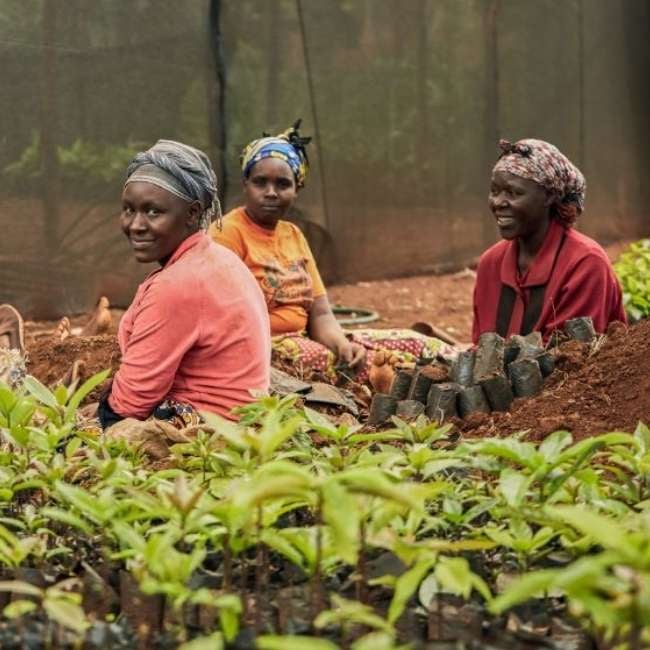
Environmental impact
Tree planting follows the principles recommended by the Global Landscapes Forum:
-
Transferring skills to communities and ensuring a long life for our trees
-
Planting the right trees in the right place and for the right purpose
-
Monitoring, accompanying and supporting the care of trees in the first few years of their life.
This type of tree management gives them a long life span, maximising their ability to absorb carbon from the atmosphere and store it. It also encourages the development of micro-organisms, improves water retention, reduces erosion and soil runoff and, in the long run, allows nature to regenerate.
The CO2 offset of our forest is 36.5t.
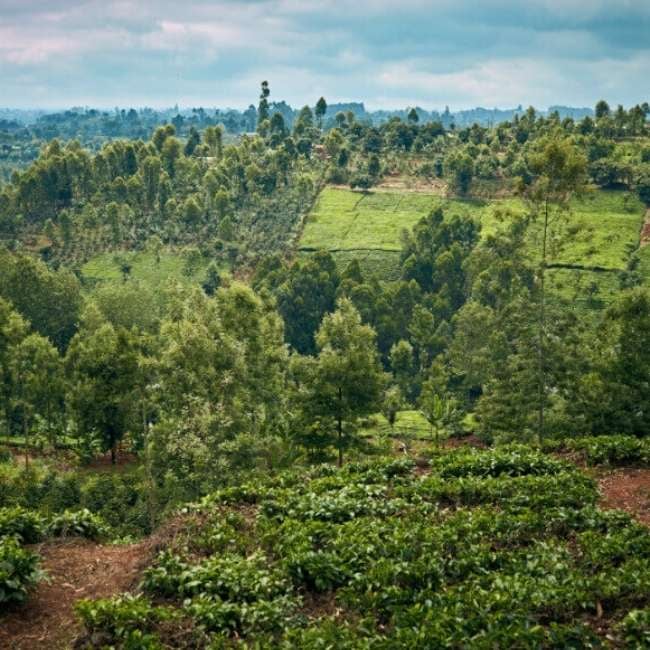
Social impact
Supporting communities is the second aspect why planting trees.
The projects are run in partnership with organisations that have a social purpose, such as associations, NGOs or farmers’ cooperatives, which are often based locally or have been operating in the area for a long time, and have formed a true understanding of the needs of the communities.
-
Direct contact with local farmers
-
Choice of which trees to plant made with farmers
-
Training, income opportunities & empowerment
Our Trees
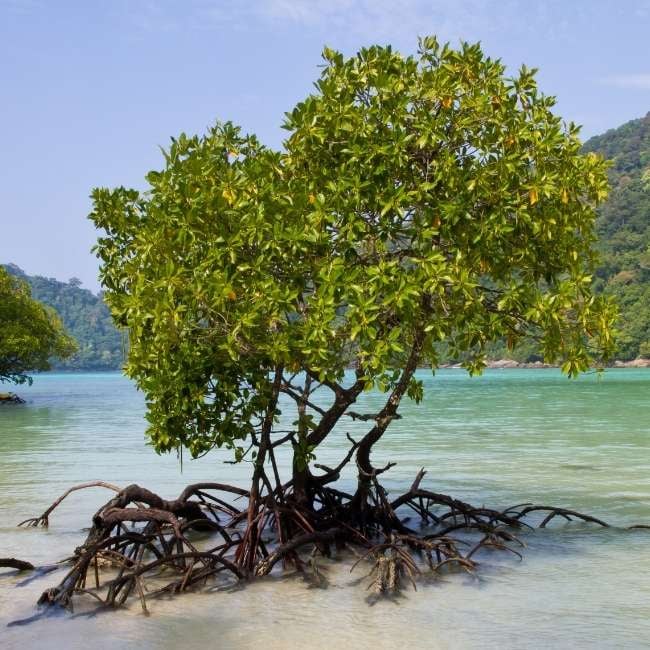
Mangrove
Scientific species: Avicennia marina
Country: Guatemala, Tanzania
CO2: -50Kg
Meaning: Embrace
The White Mangrove is a small and medium-sized evergreen shrub with a rounded crown of scattered branches; it usually grows from 3 to 10 meters in height, but occasionally reaches 15 meters. It grows along the coastlines, resisting very high saline conditions, protecting the soil from erosion and forming proper habitats for many animal species.
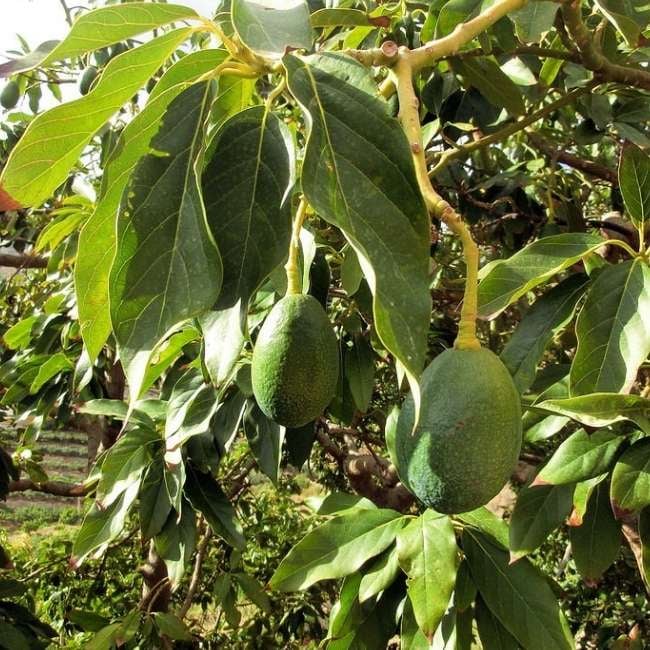
Avocado
Scientific species: Persea americana
Country: Kenya
CO2: -500Kg
Meaning: Creativity
The Avocado tree is known for its fruit, which contains a rich source of energy and nutrients. The extracted oil is used in the cosmetics field for its antioxidant and revitalizing properties. Avocado leaves have excellent anti-scarring properties as well. Avocado is planted for fruit cultivation and the shade that it provides for other crops.
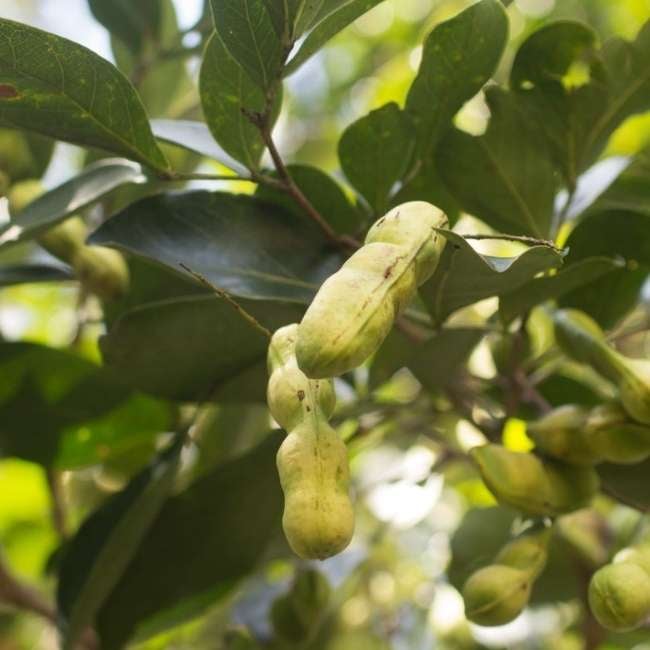
Inga
Scientific species: Inga edulis
Country: Guatemala
CO2: -300Kg
Meaning: Vision
This is a tree that can reach up to 30 metres in height, with a trunk that can measure over 60 cm in diameter. Its foliage is broad, though not too dense. It has leaves measuring over 20 cm, but what this tree is best known for are its seeds. Contained within pods up to a metre long, the seeds have a rich, sweet flesh. They are highly popular with various animals (monkeys and birds in particular), who eat them, so contributing to the spread of Inga.
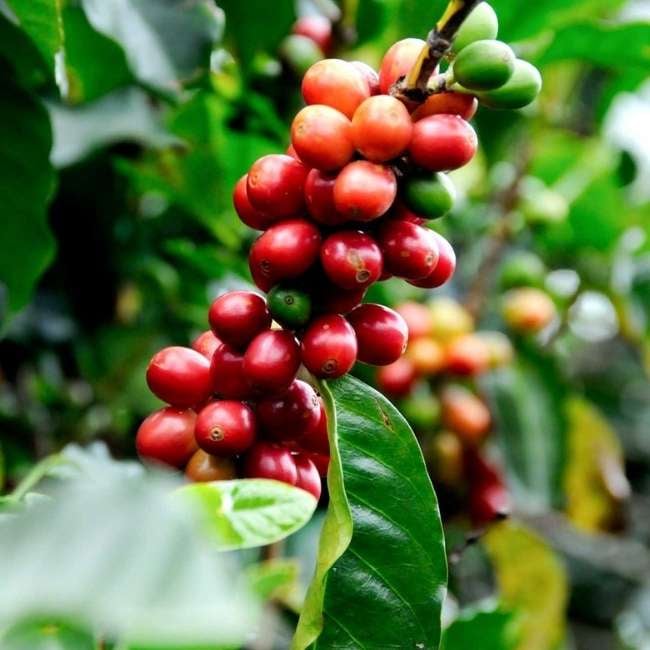
Coffee
Scientific species: Coffea arabica
Country: Ecuador
CO2: -50Kg
Meaning: Energy
The coffee tree, whose seeds are used for the eponymous beverage, belongs to the Rubiaceae family. Though over 100 species are known to exist, supermarket shelves confirm that the most diffused examples are Arabica and Robusta. Coffee represents an important source of income for local economies.
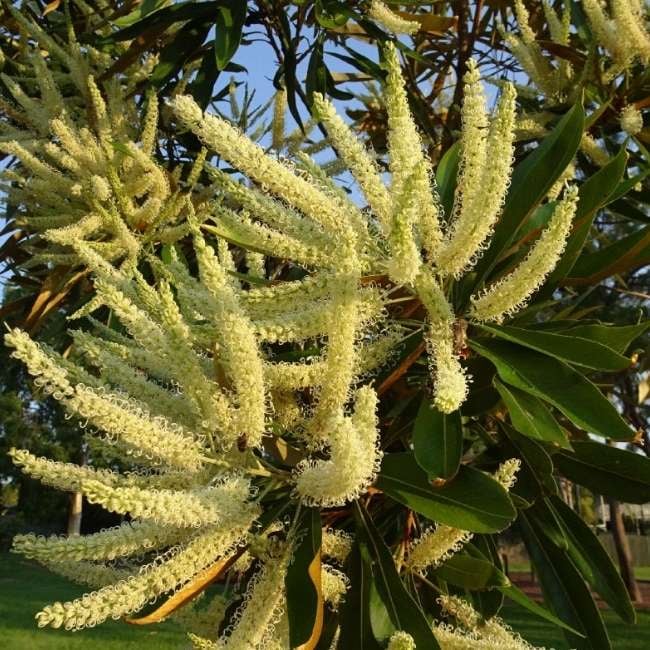
Grevillea
Scientific species: Grevillea robusta
Country: Tanzania
CO2: -800Kg
Meaning: Patience
The Grevillea reaches up to 12-25 meters of height. It’s flowers are a splashy yellow and its rich nectar attracts bees, boosting the ecosystem and encouraging plant pollination. It’s used as a windbreaker plant and allows for the formation of humus, which maintains soil humidity and improves soil quality.
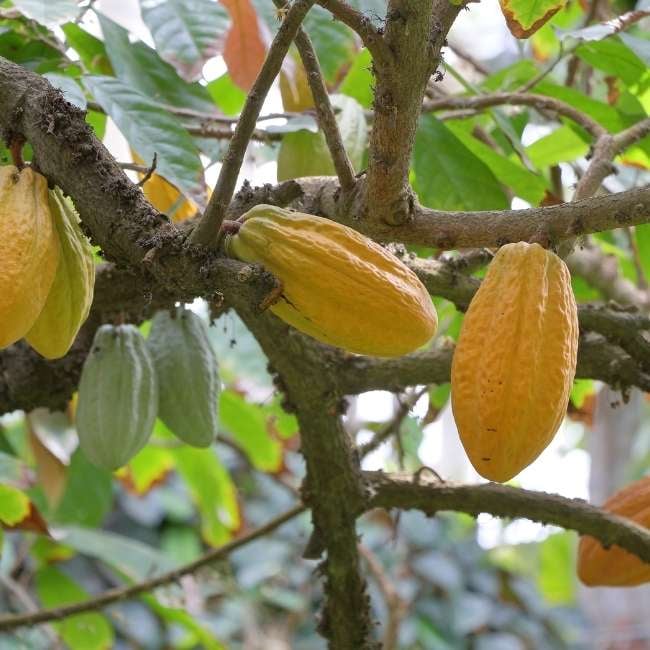
Cacao
Scientific species: Theobroma cacao
Country: Cameroon
CO2: -55Kg
Meaning: Sweetness
The Cacao tree is an evergreen that produces small, five-petal flowers that are white, green, or rose-hued and sprout directly on the trunk or principal branches. The lucky flowers develop into the celebrated cocoa pods. It is planted for high quality cocoa bean production and to provide local farmers with an additional source of income.
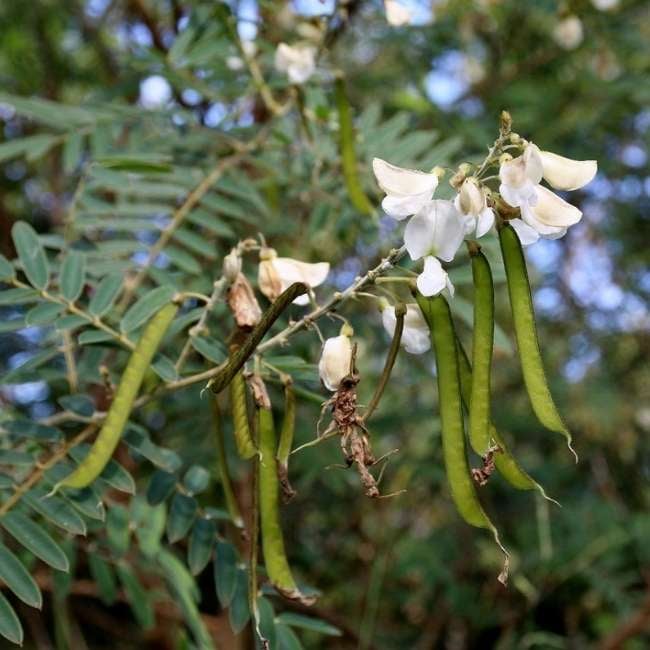
Tephrosia
Scientific species: Tephrosia purpurea
Country: Madagascar
CO2: -200Kg
Meaning: Resilience
Tephrosia is a small floral plant from the African tropics but commonly found throughout the American topics and in south and southeast Asia. It grows from 0.5 to 4 meters tall and is widely used both as a natural tick and flea repellant for animals and to improve soil quality thanks to its nitrogen-stabilizing properties.
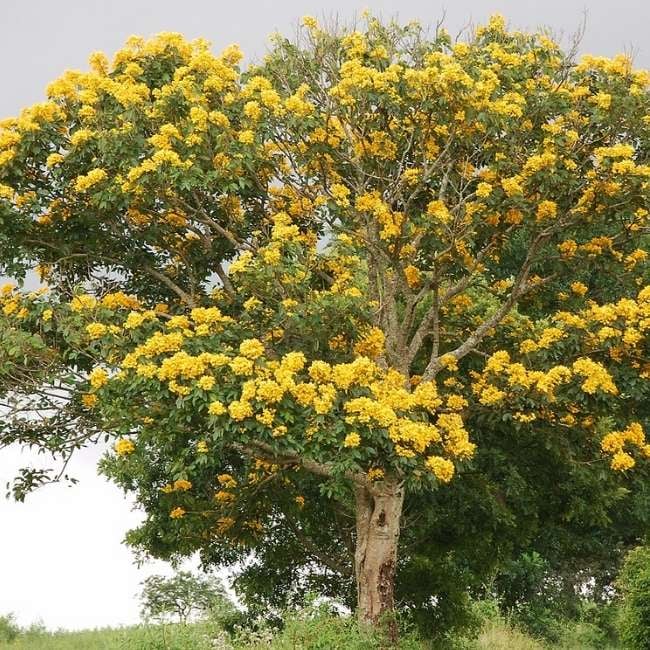
Markhamia
Scientific species: Markhamia lutea
Country: Kenya
CO2: -200Kg
Meaning: Virtue
Markhamia is a tree species native to eastern Africa and cultivated for its large bright yellow flowers. An evergreen small tree that grows to 4–5 m in height outside of native zones, although it can reach more than 10 m in its zones of origin. It provides shade, screening and erosion control. It is also used as an effective treatment for skin-affections, sores and itch.